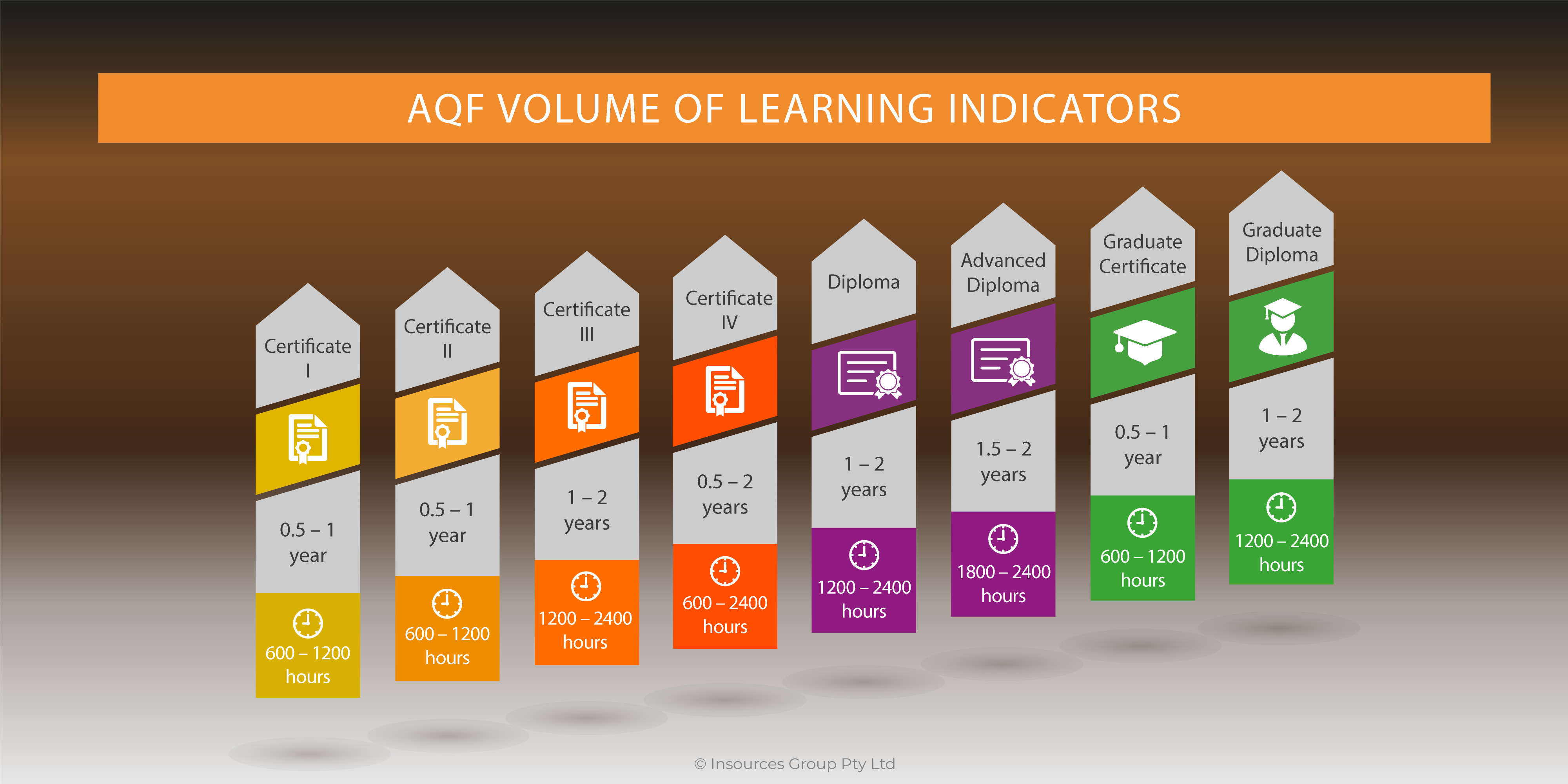The balance between quality and compliance
During almost a decade, the Australian Skills Quality Authority (ASQA) has repeatedly reported concerns about unduly short training provided by registered training organisations (RTOs). More recently, the regulator has included the amount of training in the priority list of “standards of concern” (clauses where providers are most likely to be at risk of non-compliance), part of ASQA’s Regulatory Strategy 2020-2022.
RTOs are required to maintain compliance with a regulatory framework that, in the case of the amount of training or course duration, is rather complex and confusing.
Determining the duration of learning activities is part of the instructional design process. During the selection of delivery sequence, methods and media, time must be considered and established in line with course content and learners’ requirements.
Learning resources to be used during the delivery of training must be consistent with the amount of training and the selected delivery mode.
It is clear that the outcomes of competency-based learning cannot be measured by the time or duration of learning activities. These outcomes are measured by the assessments of learners’ competencies (knowledge, skills, and attitudes). Within the context of vocational education, the ultimate measure of competency-based learning should be the ability of the learner to transfer these competencies into the workplace (Kirkpatrick model level 3).
The quality of training is not solely determined by the length of the course, trainers’ performance, up-to-date and useful learning resources, equipment and materials, functioning online technologies (where permitted for training) and valuable practical experiences, they are just some examples of other factors that affect quality of training.
Within the Australian VET Framework (Standards for RTOs, and the Australian Qualification Framework), the amount of training is used as a risk factor for training quality, and, therefore, the amount of training is part of the regulatory work of VET regulators.
If the amount of training is inappropriate, it is usually one of the consequences of the poor quality of the instructional design (training design).
RTOs need to focus on their instructional design models (analysis, design, development, implementation and evaluation training), and not just on compliance. RTOs must design systems that build not only internal capabilities, but also robust, resilient cultures focusing on integrity and ethics learning.
Risk Management and Quality Assurance activities are necessary to protect the value of the RTO’s assets, including its intellectual property (i.e. training and assessment strategies, learning resources), and must be integrated with the organisation’s operation to add value within the continuous improvement cycle.
As a minimum, RTOs need to perform the following tasks:
Tasks to be performed during the analysis phase:
- Determine the current skills, knowledge and experience of learners’ cohort
- Establish the training product content, and analyse potential overlap of selected units of competency, and
- Determine the most suitable delivery mode and learner availability for training activities.
Tasks to be performed during the design phase:
- Determine the amount of training (hours) suitable for the course content and current skills, knowledge and experience of learners’ cohort for:
- each training cluster/unit, and
- each delivery mode
- Determine the overall amount of training for the training product
- Determine the time required for assessment tasks
- Determine the overall volume of learning, and
- Compare volume of learning with AQF Volume of Learning indicators and provide a rationale if required.
Tasks to be performed during the development phase:
- Ensure training resources are sufficient for the learning activities programmed based on the content, delivery mode and time allocated, and
- Develop mechanisms to record learners’ participation on designed learning activities.
Tasks to be performed during the implementation phase:
- Record learners’ participation in training, and
- Report any discrepancies between planned learning time and actual learning time.
Tasks to be performed during the evaluation phase:
- Evaluate assessment results
- Evaluate learners’ and trainers’ feedback and other training outcomes data analysed (i.e. learners who withdraw, complaints, number of attempts for assessment tasks), and
- Suggest improvements based on training outcomes data





